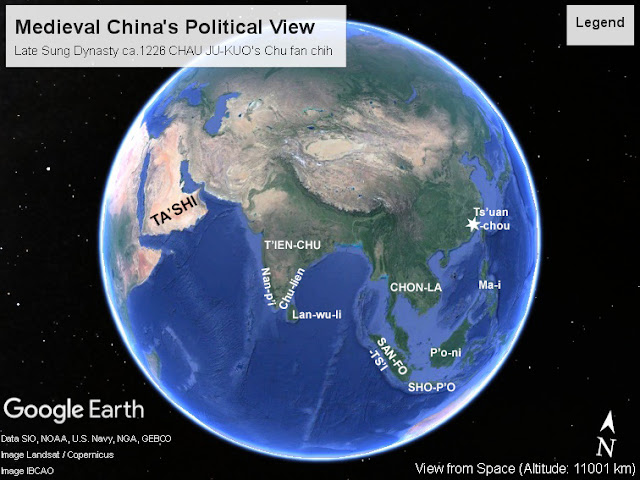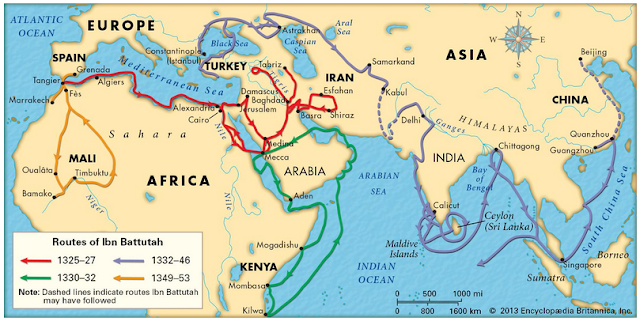CHU SSU-PEN

Chu Ssu-pen (1273-1337) was a Chinese map-maker during the period of the Yuan Dynasty. In the decade between 1311 and 1320 he compiled a large roll-map of China and its surrounding regions according to the information available to him at the time. Chu wrote in his preface that among the sources he consulted was the Yu Chi Ti , or Map of the Tracks of Yu , dated 1137. His choice was an important one because it established him in a more accurate tradition of Chinese map-making, based on a grid of squares to indicate distance. The scale adopted by this map was one side of each square equalling 100 li , approximately 33 miles. A major concern for Chu was that the information from which his own map was to be drawn was reliable. It is uncertain how far the coverage of his new map actually extended. The original manuscript has since been lost, although his preface has survived. What is clear is that Chu expressed personal reservations about representing the regions beyond the Empire.

